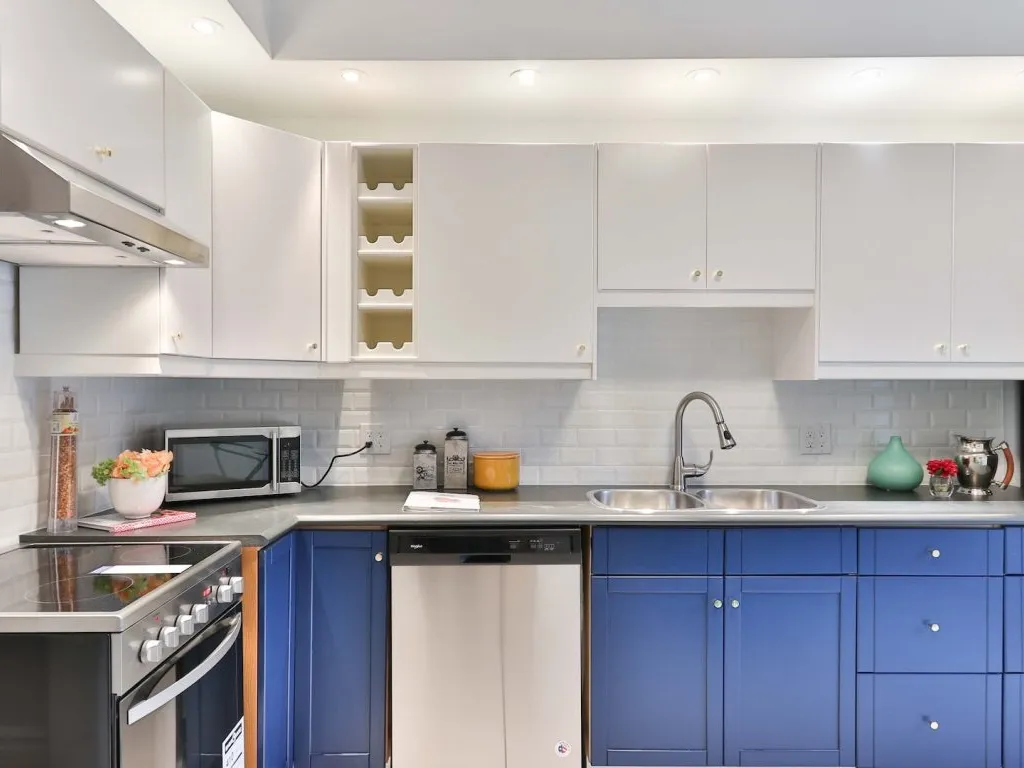When choosing kitchen cabinets, keep a few things in mind. First, they must have sturdy construction. They should be made of sturdy wood, with dovetail joints that keep them together. The bottoms of drawers should slide into grooves and be at least half an inch thick. You can also look for frames that open easily and swing wide enough to reach inside. Finally, they should be able to withstand overtorque. Then, you can choose the style and color that will fit best in your kitchen.
If the ceiling in your kitchen is higher than nine feet, consider adding an additional level of cabinets. This way, the crown molding will line up with the cabinets. For those with taller ceilings, 42″ wall cabinets may be a better option. You can also consider refacing old cabinets or installing new ones. Regardless, make sure you choose cabinets that will last a long time. The more storage space you have in your kitchen, the better.
Before choosing a style, think about what type of construction you want. There are two basic types of kitchen cabinet construction: frameless and face-frame. Both construction options have their pros and cons. Most types of cabinets have matching tops and bottoms, and come in a variety of styles. European DIN standard dimensions are 720mm base unit height plus 150mm plinth height plus forty millimetres of worktop thickness. This gives you a working surface height of nine10mm. Standard floor-standing appliances can be placed on this space without compromising functionality.
When choosing a style, the most common material for kitchen cabinets is solid wood. The most durable woods for cabinets are maple, oak, and cherry. Partial overlays are smaller and use less material than full-over cabinets. Partial-overlay cabinets are usually used in traditional kitchens. A typical kitchen design that includes wood cabinets is traditionally designed with a rounded face. In this way, the cabinet face frame is partially covered with plywood or MDF, and the front is not visible.
If you are on a tight budget, stock cabinets can be an affordable option. While most cabinets are mass-produced and sold in home improvement centers, some may require some assembly. Standard base cabinets are twenty four inches deep and thirty-four inches high without countertops. Custom cabinets may be deeper than twenty-seven inches, which may be a waste of space. You may also find yourself spending more money on cabinets if you choose to go with a high-end custom style.
In addition to the wood material, kitchen cabinets may be made of a variety of materials. If you decide on a vinyl finish, you can choose a variety of colors. You can also choose a high-gloss finish for a rich, luxurious appearance. Lastly, you should check the quality of the hardware in the cabinets. Poor quality carcasses will negatively impact the performance of the kitchen. Your cabinets’ lifespan depends on the density of the material. The most affordable option is low-density chipboard.





